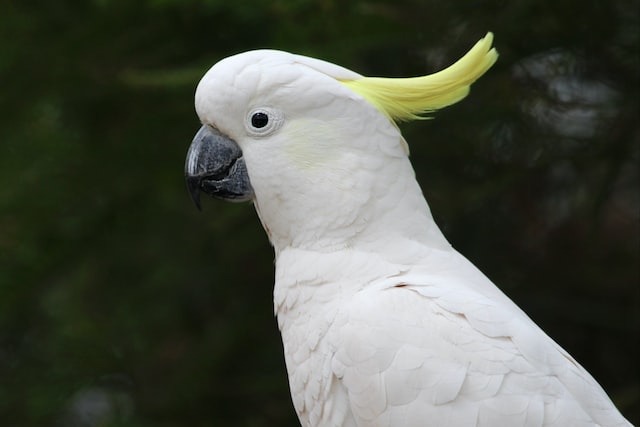1. The Budgie
In the U.S. the Budgie is known widely as the Parakeet. These birds which are small in size can be expected to live for around a decade. Due to their popularity they suffer from a general misunderstanding and are usually bought to be admired in a cage, however, they are highly affectionate – and can be easily hand-tamed.
Once they are accustomed to human contact they are fabulous companions – and are even safe for children to carefully handle. If teased they may bite, but the bite is not as painful or dangerous as that of larger birds.
Budgies are ideal for beginners as they fit in with the owner’s needs and lifestyle. If you want to start a new pet care services business, you can buy an existing franchise that has earned a name in the area and has an active clientele.
2. The Cockatiel
The Cockatiel outsells all other birds in the United States due to their smaller size (when compared to other popular breeds), long life (they will generally outlive most cats), and is highly affectionate. They are easy to train and are ideal for families as they will interact with all members of the family, rather than becoming fixated on one another.
They are also highly attractive. The feathers on their heads, known as a ‘crest’ are displayed often – allowing owners to gauge the mood of their pet. They make gentle whistling sounds rather than the sometimes jarring screeches of the larger Amazonian parrots.
They do however require larger cages than a Budgie – they are the ideal pet for those who want to take the next step up from Budgie ownership. They do require more care than a Budgie – but are much more rewarding to train. They have been recognized as one of the best beginner birds to own.
3. Lovebirds
These birds, with their colorful plumage, are highly attractive. They are from the same family as parrots but are far smaller than most of that breed. They will need a medium-sized cage as they like to take it to the wing. They are very vocal and will sing for long periods during the day, but their vocalizations are not as disturbing as those of the larger parrot species.
They have pretty low socialization requirements. If they are purchased in pairs they will form a close bond with their cage mate – but will still bond with people. Should a single Lovebird be purchased they will need interaction with their owner – and they are also extremely active so care should be taken to install distractions in the cage.
For those in search of a bird that looks wonderful then Lovebirds should be considered. Although Lovebirds do like interaction they are happy to be simply observed, especially when bought in pairs.
4. The Parrotlet
This small parrot is filled to the brim with personality. They are small – and they are fairly quiet birds, so for those who value peace and quiet, they make a fabulous beginner’s choice.
Owners should be aware that despite their diminutive size they have a very strong beak. Care should be taken when handling them – and they may not be suitable for handling by small children due to the power of their bite.
Their social needs are similar to those of the Lovebird. Buying a pair will see them bond closely with each other – and this may lead to them ignoring people completely. A single Parrotlet will require a lot of attention. For those in search of a single bird, owning a hand-fed Parrotlet will be immensely rewarding – and prove to be a great companion.
5. The Canary
The canaries have been favorite pet birds for hundreds of years. It requires very little maintenance and is an ideal cage bird for those who simply want to sit back and admire its activity and beauty.
There is an extremely active and passionate community of Canary owners. These owners are extremely enthusiastic about the breed and this has led to an active breeding scene where the birds are valued on the basis of three traits: colour, appearance, and song. They are highly prized for their extremely attractive singing
These birds will not interact with their owners – they are ‘hands-off’ pets. They are strictly for those who want an ‘observational’ bird with a wonderful song. They are comfortable in groups or as pairs. For those in search of a bird that does not require high levels of maintenance, the Canary is ideal.

